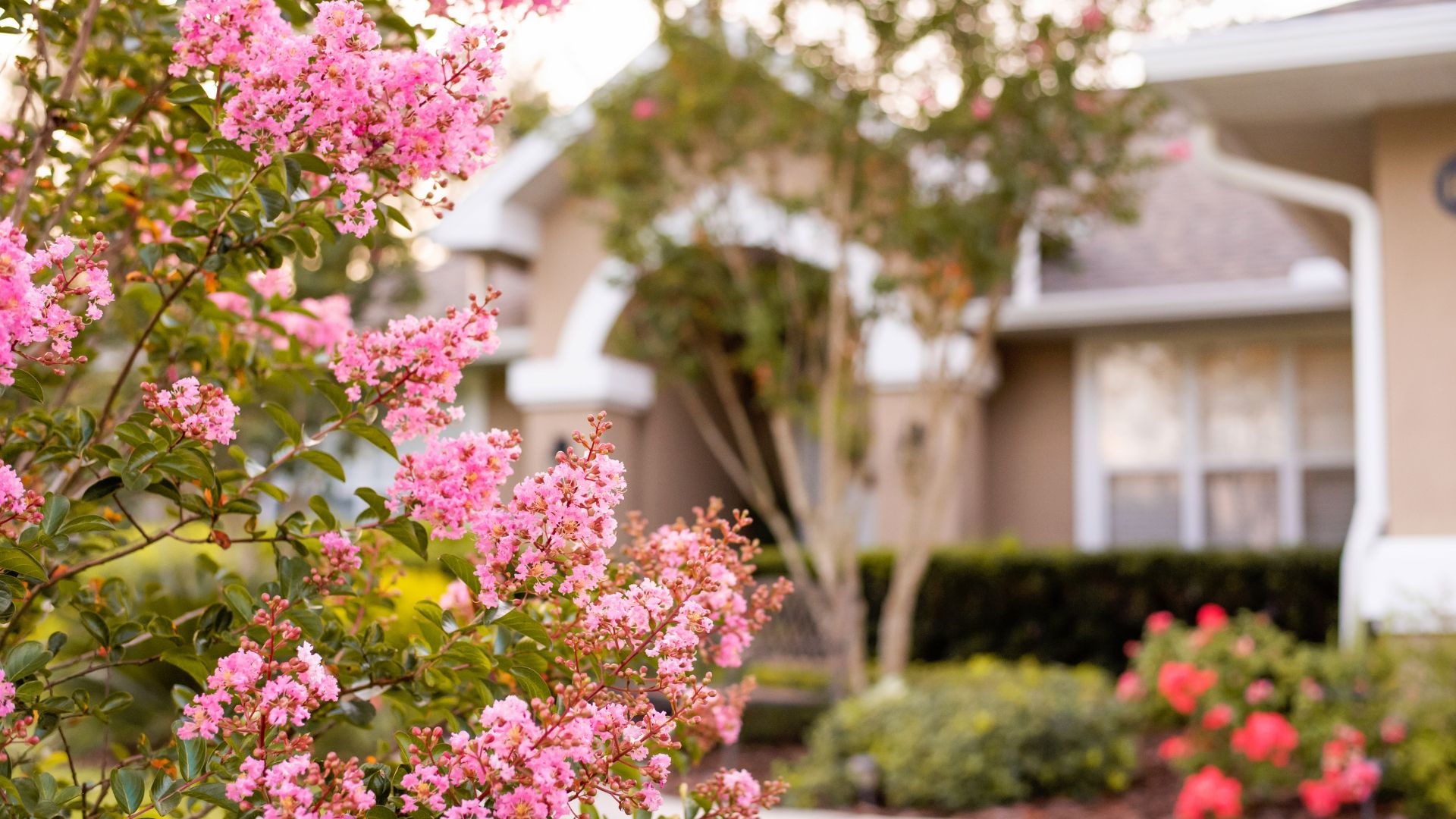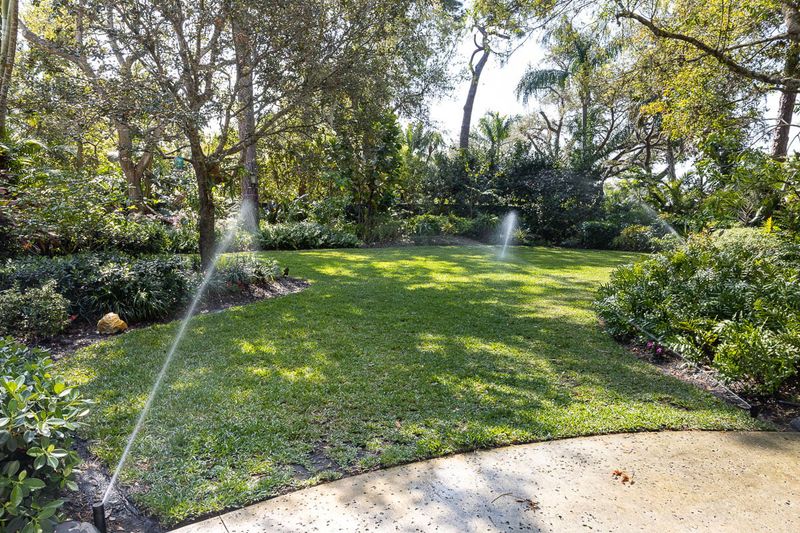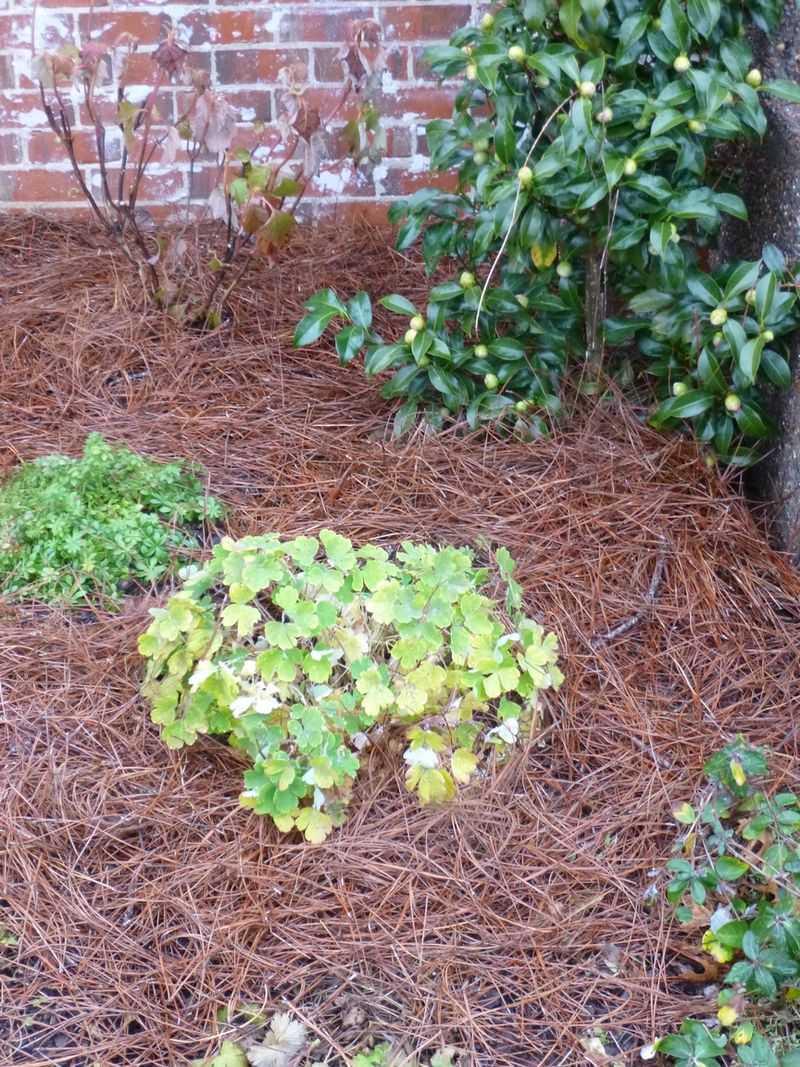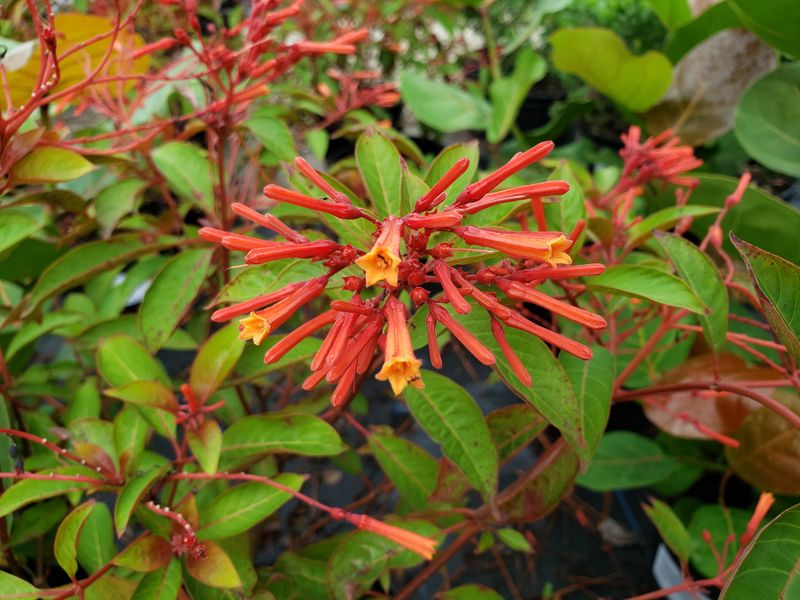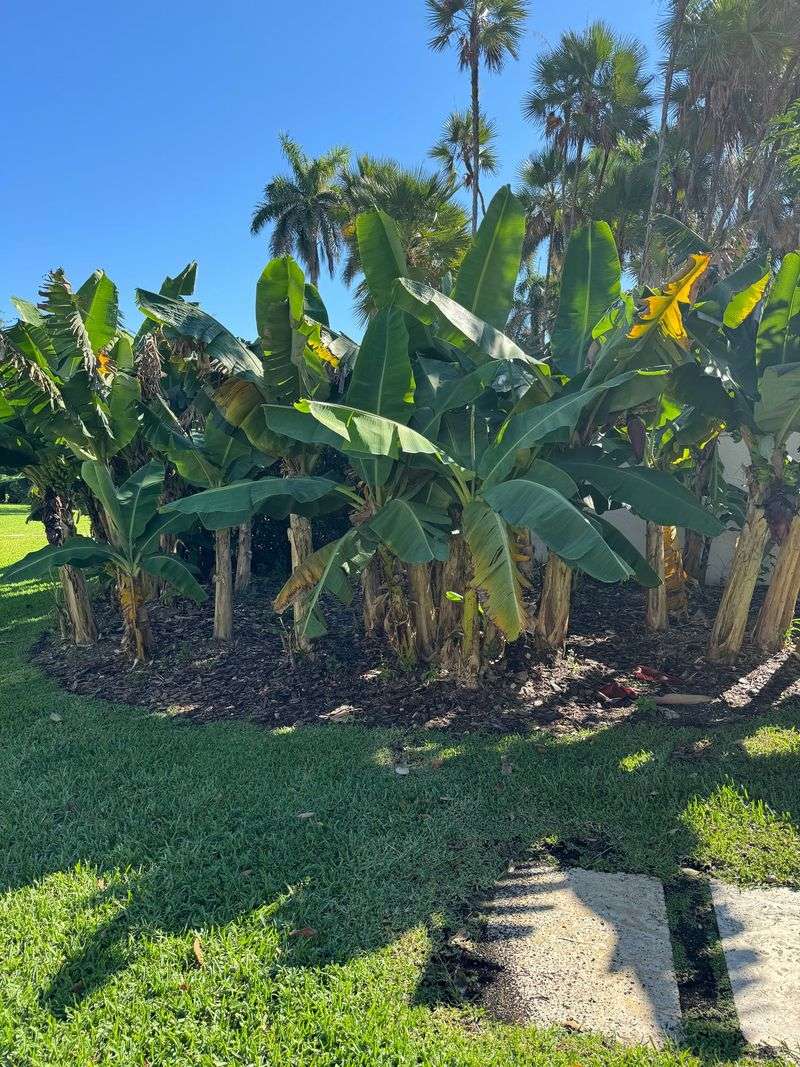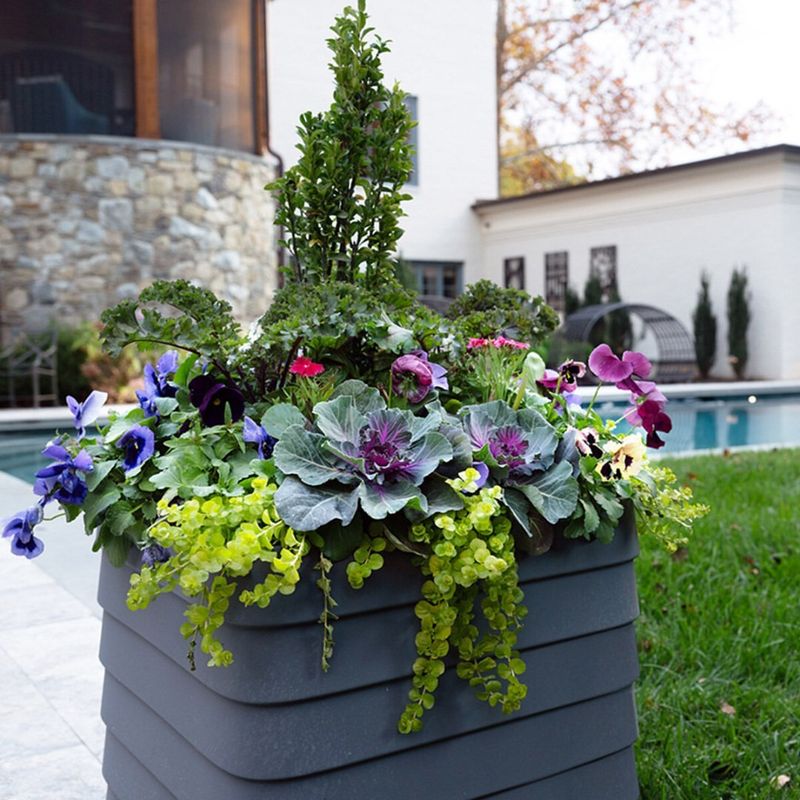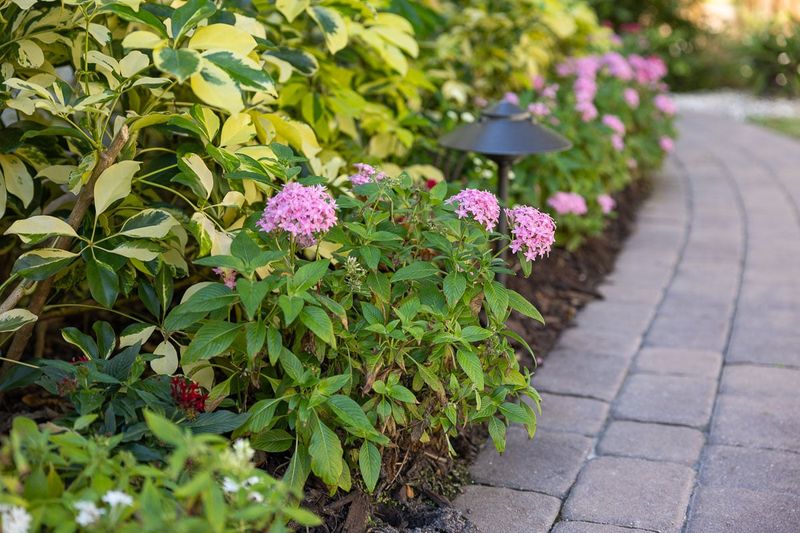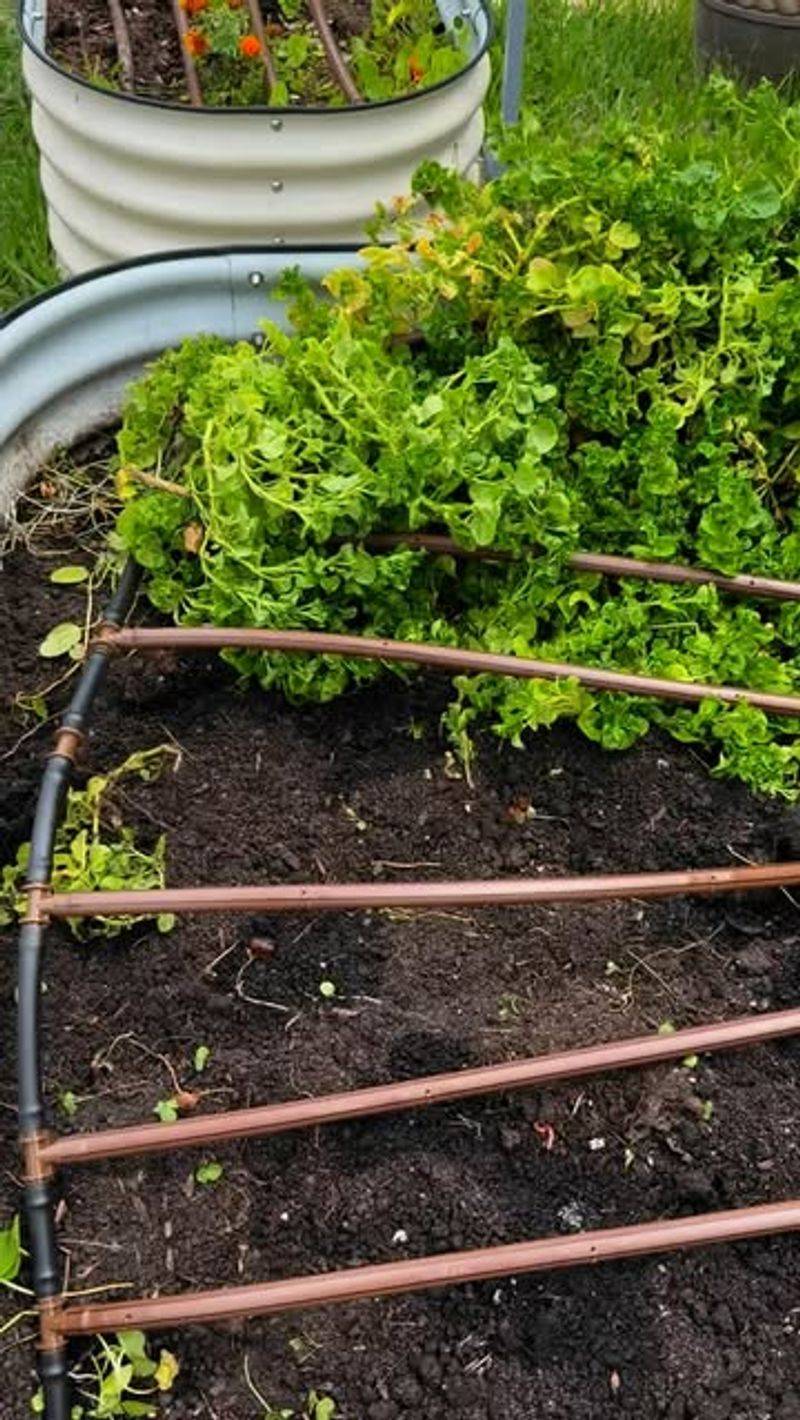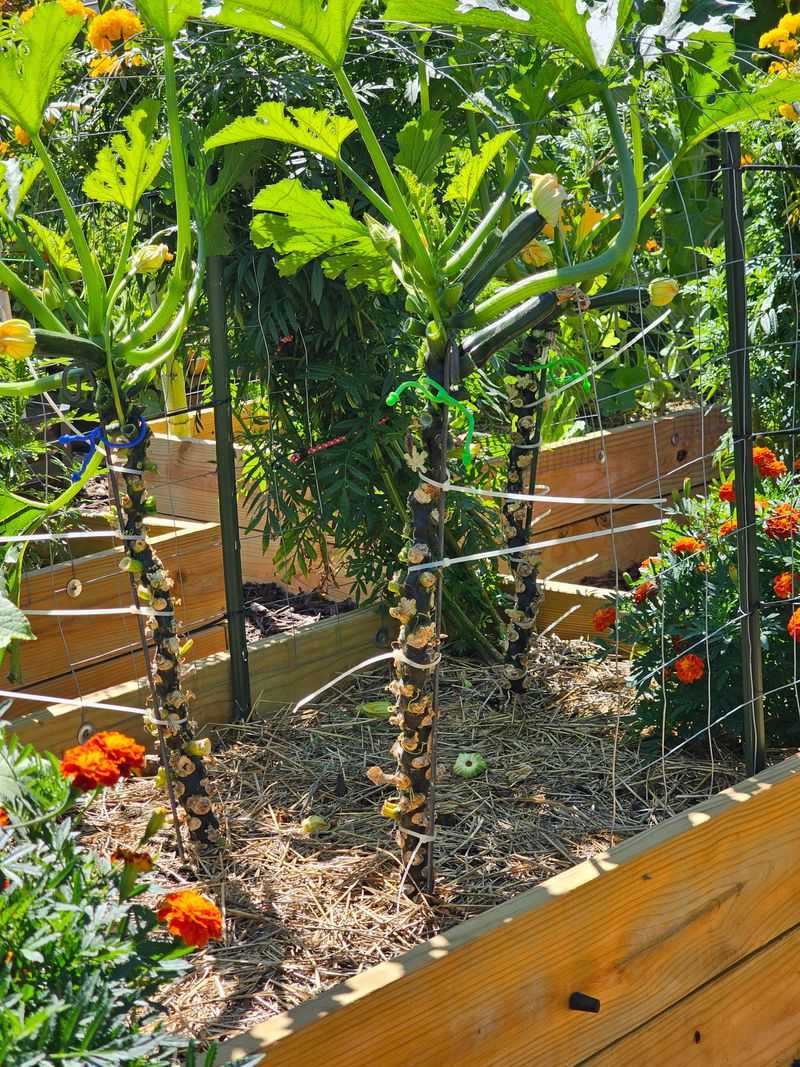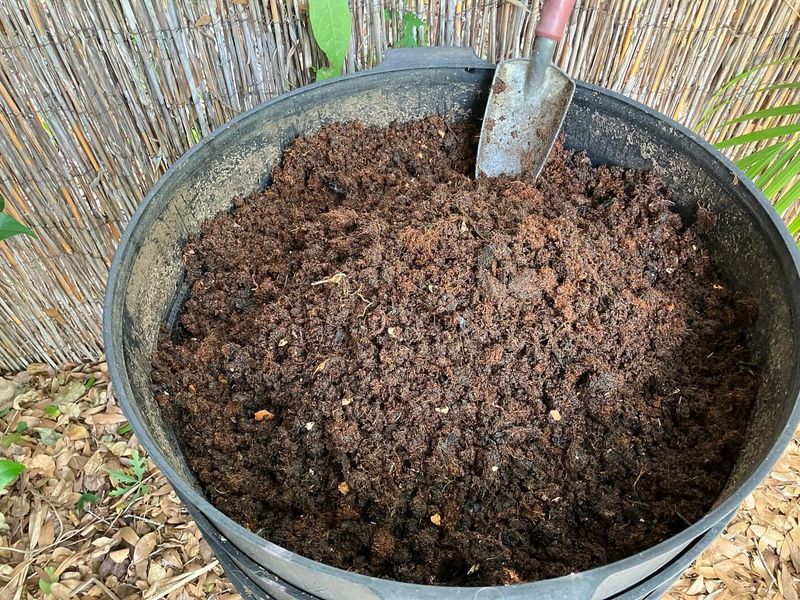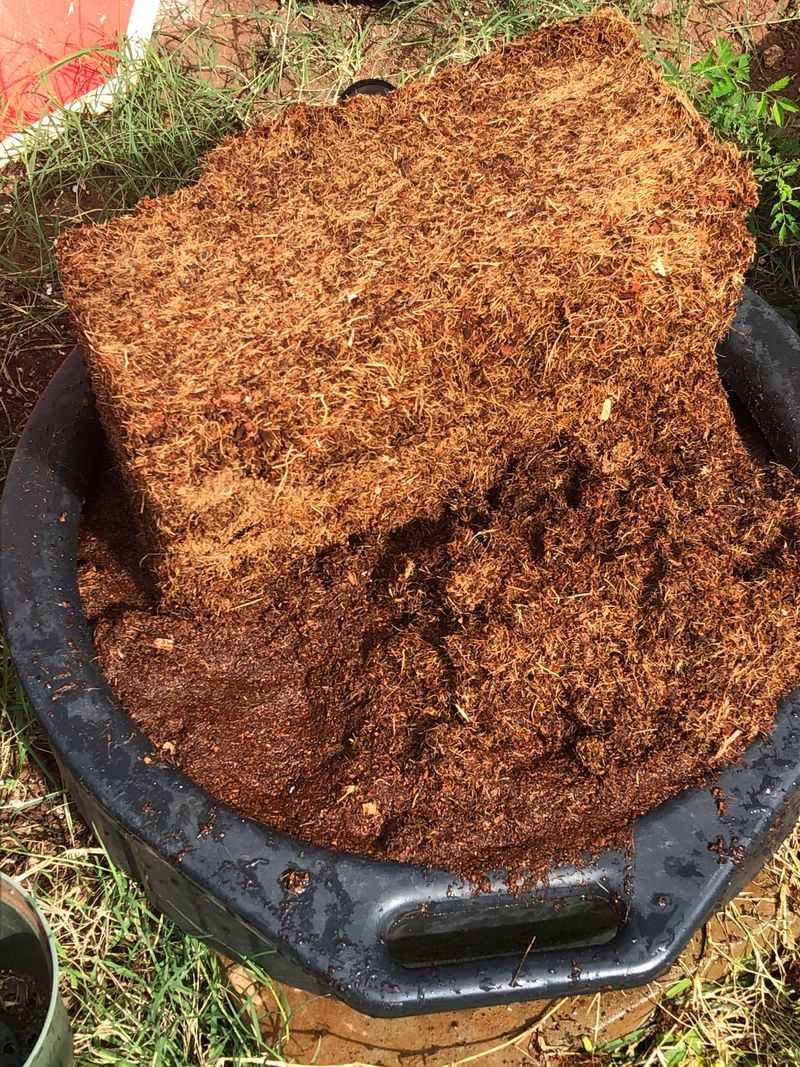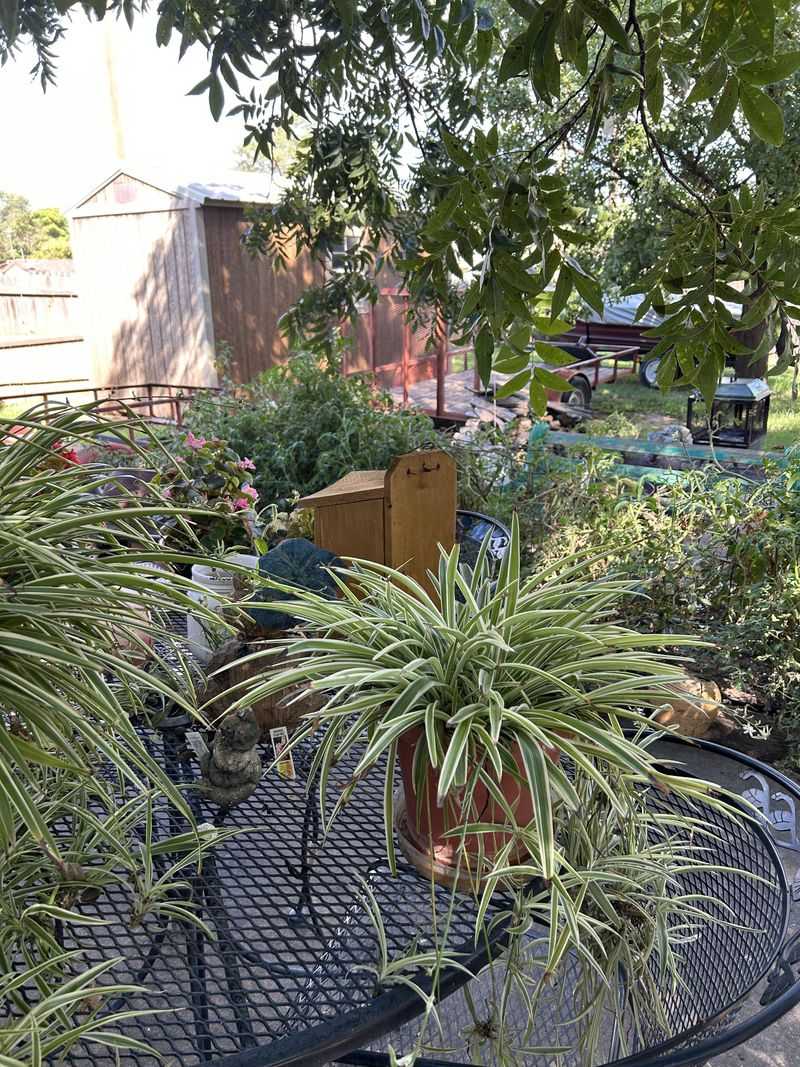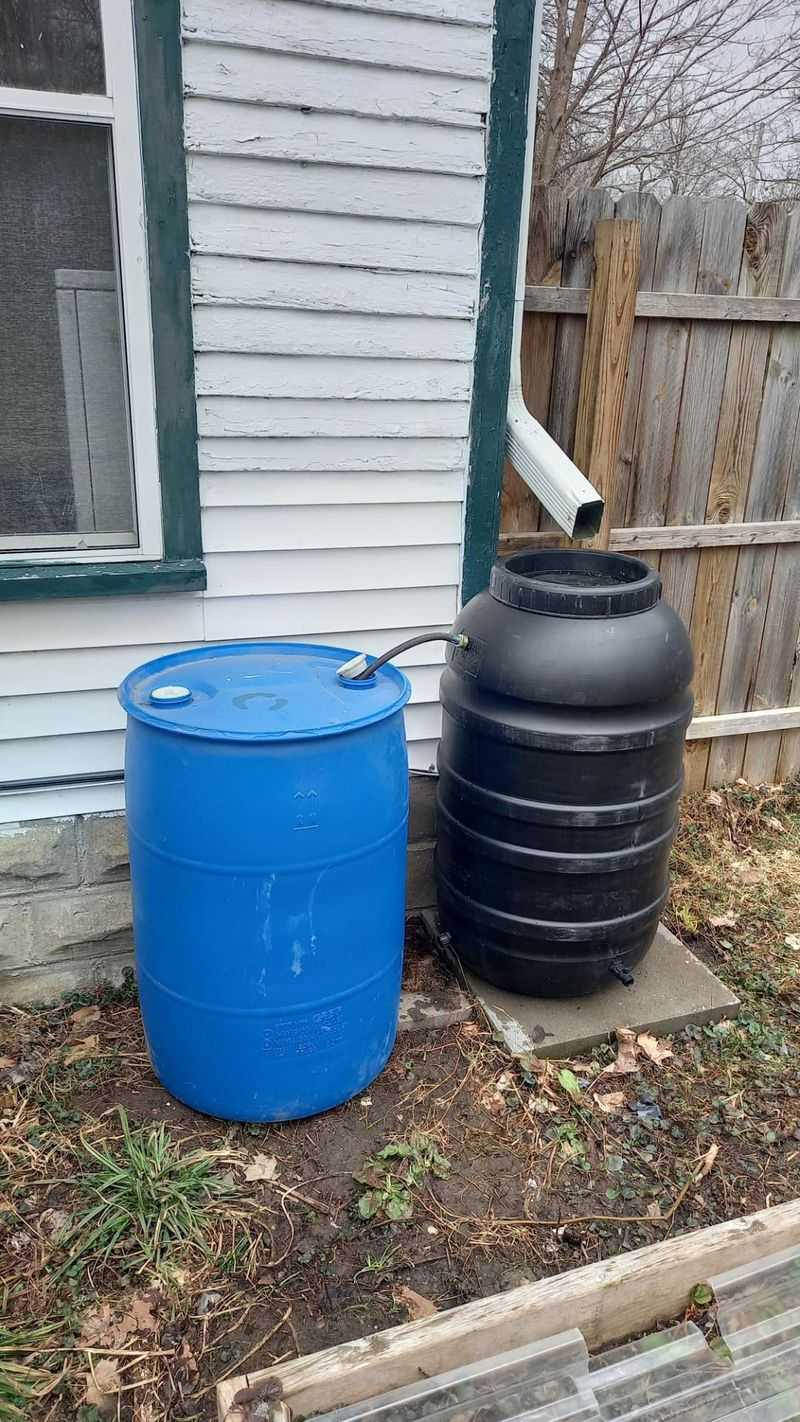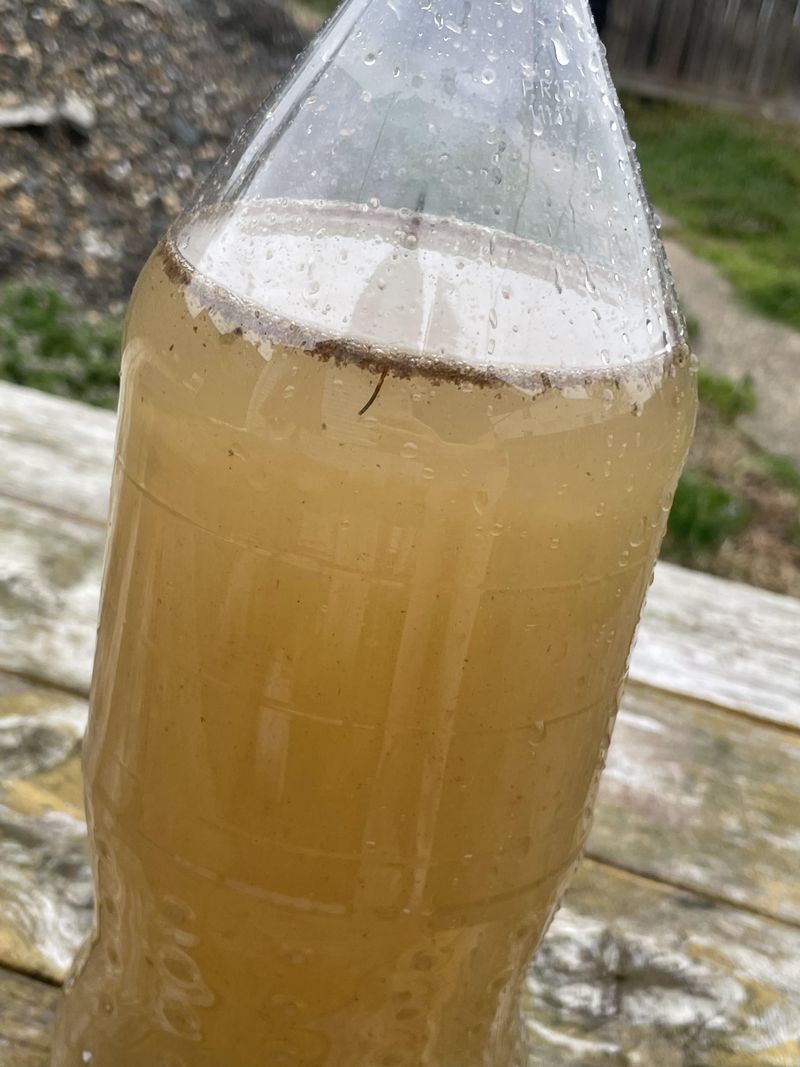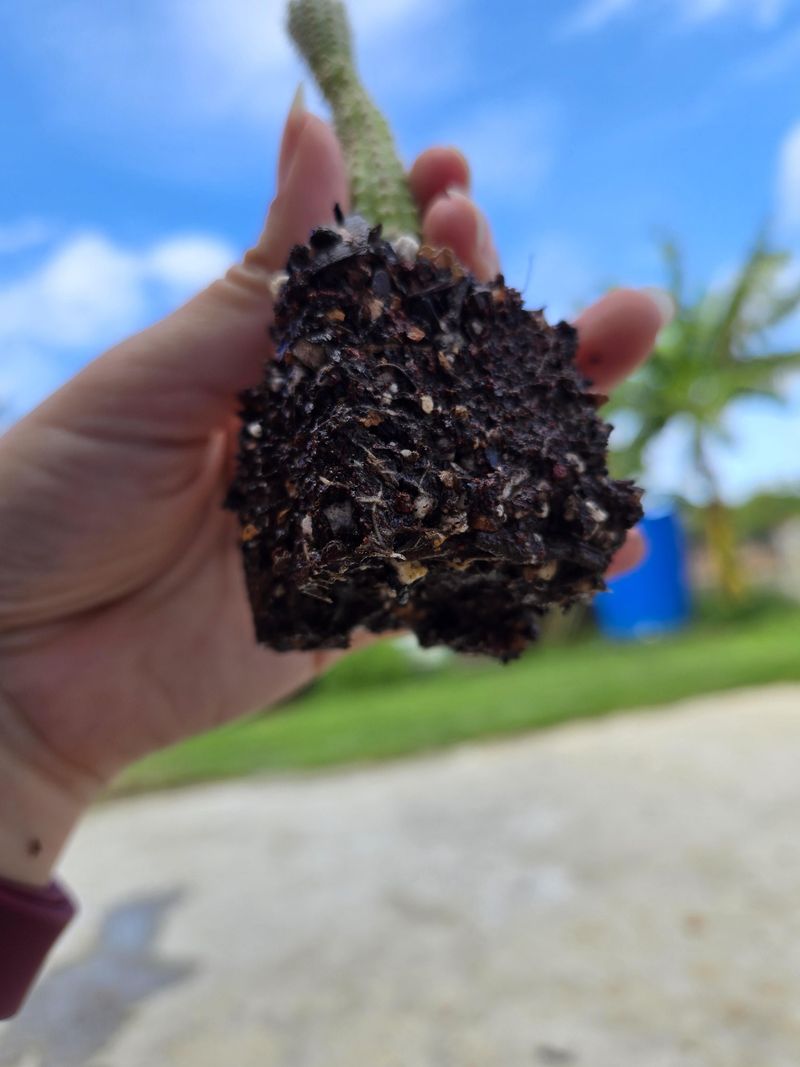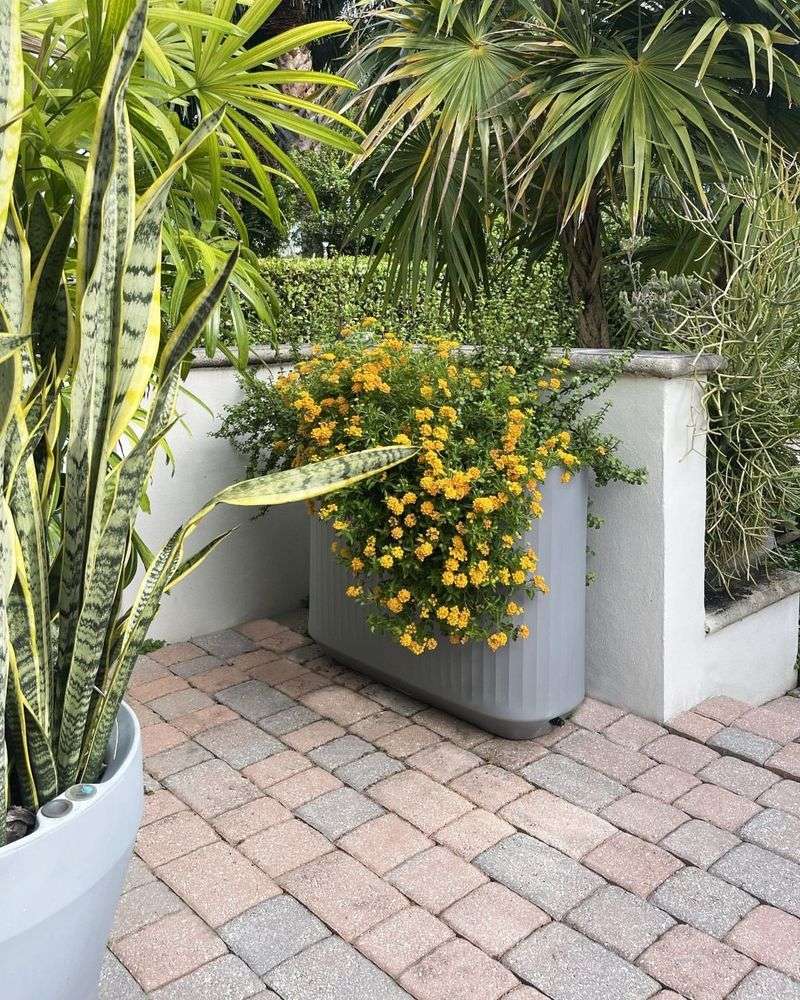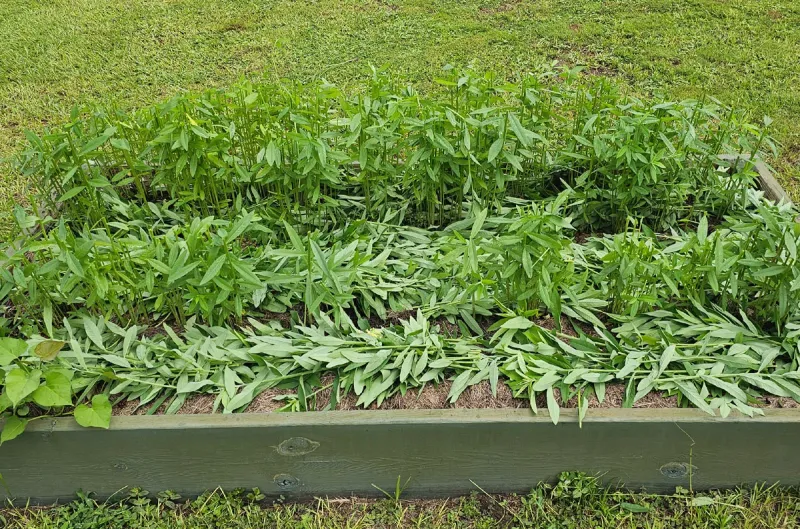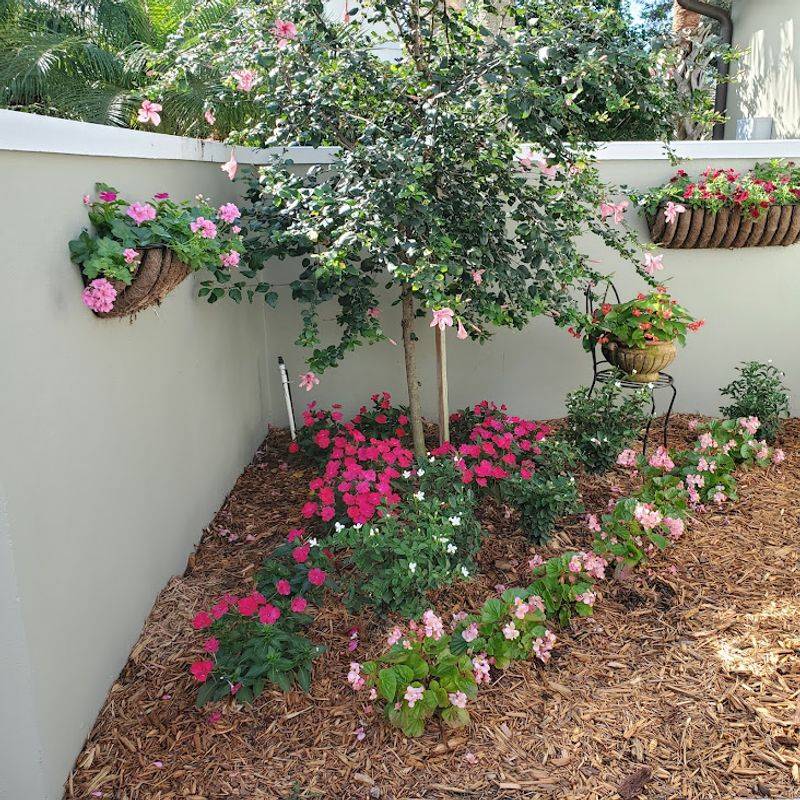Late summer in Florida can turn your garden into a steam room—blazing heat, heavy humidity, and plants gasping for a break. Keeping your greenery alive during this time calls for extra care and a little tropical wisdom.
Water deeply but less often to encourage strong root growth that can handle the heat. Early morning watering prevents evaporation and gives plants time to soak it up before the sun cranks up the intensity.
Opt for heat-loving tropicals like hibiscus, croton, and canna lilies—they’re built for this climate and flourish when others wilt. With the right moves, your garden won’t just survive Florida’s summer—it’ll put on a show.
1. Water In The Early Morning
Morning watering gives plants a fighting chance against Florida’s scorching afternoon sun. The cooler temperatures mean less evaporation, allowing roots to drink up before the day heats up.
I’ve found that setting up a timer for around 6 AM works perfectly – your plants get moisture when they need it most, and you can stay in your air-conditioned home.
Plants watered at midday often don’t absorb properly, and evening watering can promote fungal problems in our humid climate.
2. Mulch Heavily With Pine Straw
Pine straw creates a protective barrier that keeps soil temperatures down and moisture locked in. Unlike wood chips that can attract termites in our climate, pine needles break down slowly and don’t compact when wet.
My garden beds maintain moisture twice as long after I switched to a 3-inch layer of pine straw. The natural acidity also helps Florida’s typically alkaline soils.
Refreshing your mulch monthly during peak heat ensures continuous protection when the sun is most intense.
3. Choose Heat-Loving Natives
Native plants have already adapted to Florida’s challenging climate over thousands of years. Firebush, Muhly grass, and Coontie palm thrive when temperatures climb into the 90s while northern transplants wither.
Last summer, my non-native plants struggled while the Firebush kept blooming through August and September without extra care.
Native plants also typically require less water and fertilizer, making them lower maintenance during those sweaty garden days when you’d rather be inside.
4. Create Afternoon Shade Pockets
Strategic placement of taller plants can shield more delicate specimens from the harshest afternoon rays. Western exposure in Florida summer can literally cook plant leaves.
After losing several prized specimens, I started using bananas and papaya as natural umbrellas for my more delicate herbs and flowers. The temperature difference can be 5-10 degrees cooler in these protected spots.
Temporary shade cloth works too, but living shade also adds humidity that many tropical plants love.
5. Use Self-Watering Containers
Self-watering pots have saved countless plants in my patio garden during heat waves. The water reservoir at the bottom provides consistent moisture even when temperatures soar past 95 degrees.
Regular pots might need watering twice daily in August, but self-watering containers often need refilling just twice weekly. Look for containers with at least a gallon reservoir for best results.
Adding a tablespoon of water-retaining crystals to the soil mix further extends time between refills during those brutal Florida heat spells.
6. Switch To Evening Fertilizing
Applying fertilizer in the evening prevents the nutrients from cooking off in the midday heat. Plants actually take up nutrients more efficiently during the cooler nighttime hours in summer.
When I switched my feeding schedule to after 7 PM, my peppers and hibiscus showed noticeable improvement within two weeks. The evening application also means less chance of leaf burn from fertilizer sitting on foliage in intense sun.
Liquid seaweed extract works particularly well for evening feeding in our hot climate.
7. Install Micro-Irrigation Systems
Drip irrigation delivers water directly to plant roots, minimizing waste from evaporation. In Florida’s summer heat, up to 50% of sprinkler water can evaporate before reaching plant roots.
My water bill dropped by a third after switching to drip lines, and plant health improved dramatically. The slow, steady moisture keeps soil consistently damp without creating the soggy conditions that promote root rot.
Adding a simple timer makes the system completely hands-off during those sweltering days when garden motivation hits rock bottom.
8. Grow Vertical For Better Airflow
Trellises and vertical supports keep plants off the ground where heat radiates up from the soil surface. Vegetables like cucumbers and beans actually produce better when grown vertically in our climate.
After losing several squash plants to fungal issues, I started growing them on cattle panel arches. The improved air circulation reduced disease problems dramatically during humid August days.
Vertical growing also makes better use of limited space, allowing you to grow more food in partially shaded areas where plants might perform better during peak summer.
9. Apply Worm Castings Monthly
Worm castings boost soil health and plant immunity during stress periods. Unlike chemical fertilizers that can burn plants in heat, castings release nutrients slowly regardless of temperature.
My citrus trees showed remarkable resilience last August after I applied a half-inch layer of castings around their drip lines. The microbial activity in the castings seems to help plants access water more efficiently.
A monthly application throughout summer ensures your soil life stays active even when the heat would normally slow biological processes.
10. Plant In Coconut Coir, Not Peat
Coconut coir retains moisture while allowing proper drainage, perfect for Florida’s sudden downpours followed by intense heat. Unlike peat moss, coir doesn’t become water-repellent when it dries out completely.
Switching my container mix to 50% coir reduced my watering needs by almost half during July and August. The material also supports beneficial microbes that help plants withstand heat stress.
For best results, pre-soak the coir thoroughly before planting, as the dry material can actually pull moisture away from roots initially.
11. Group Plants By Water Needs
Creating hydrozones saves water and prevents both over and under-watering during critical summer months. Plants with similar moisture requirements should be planted together rather than scattered throughout the garden.
My front yard now has three distinct zones: drought-tolerant natives, moderate-water perennials, and thirsty vegetables. Each area has its own irrigation schedule tailored to actual plant needs.
This approach prevents the common mistake of overwatering drought-tolerant plants while trying to keep moisture-loving varieties alive during August heat waves.
12. Harvest Rainwater Before Storms
Summer thunderstorms provide free, chlorine-free water that plants prefer over treated tap water. A simple barrel system can capture hundreds of gallons from even a modest rainfall.
During last year’s dry spell between storms, my rain barrels supplied enough water for two weeks of garden needs. The collected water stays surprisingly cool in a shaded location, making it ideal for heat-stressed plants.
Florida’s afternoon thunderstorm pattern makes this approach particularly effective – you can often capture water just when plants need it most.
13. Foliar Feed With Seaweed Extract
Spraying diluted seaweed solution directly on leaves provides immediate nutrients during high stress periods. Plants can absorb certain minerals through their foliage faster than through roots in extreme heat.
When my tomatoes started showing heat stress last August, evening applications of seaweed spray perked them up within days. The trace elements and natural growth hormones in seaweed seem particularly effective during temperature extremes.
Apply only in early morning or evening to prevent leaf burn, and use a fine mist setting for best absorption.
14. Add Beneficial Fungi To Soil
Mycorrhizal fungi form partnerships with plant roots, dramatically improving drought resistance. These microscopic helpers essentially extend the plant’s root system, accessing water pockets too small for roots to reach.
After adding mycorrhizal inoculant to my garden beds last June, my plants sailed through a two-week dry spell that would normally have required daily watering. The fungi seem to create an underground water-sharing network.
Most garden centers now carry granular or liquid forms that can be applied directly to existing plants.
15. Use Light-Colored Containers
Dark pots absorb heat and can literally cook plant roots when temperatures climb. Root temperatures above 95°F can stop growth entirely, even if the plant looks fine above ground.
After losing several container plants despite regular watering, I switched to light-colored pots and saw immediate improvement. Temperature readings showed the soil stayed 15 degrees cooler in white containers versus black ones placed side by side.
If you already have dark containers, wrap them in light-colored fabric or place them inside larger light-colored pots.
16. Plant Cover Crops In Vacant Beds
Bare soil reaches scorching temperatures that kill beneficial soil organisms. Quick-growing cover crops like cowpeas or buckwheat shade the soil and add organic matter when temperatures peak.
My vegetable beds that sat empty last August developed hard, cracked soil that needed extensive rehabilitation. Now I immediately plant cover crops in any space between main crops.
The added bonus is that many summer cover crops fix nitrogen or attract beneficial insects, improving your garden ecosystem during the challenging late summer period.
17. Prune Selectively In Summer
Removing excess foliage reduces water needs without stressing plants. Focus on crossing branches, damaged leaves, and interior growth that blocks airflow rather than overall size reduction.
Careful summer pruning saved my tomatoes during last year’s August heat wave by improving air circulation and directing energy to fruit production instead of excess leaf growth. Remove no more than 20% of the plant at once to prevent shock.
Morning pruning gives cut surfaces time to heal before evening humidity sets in, reducing disease entry points.

